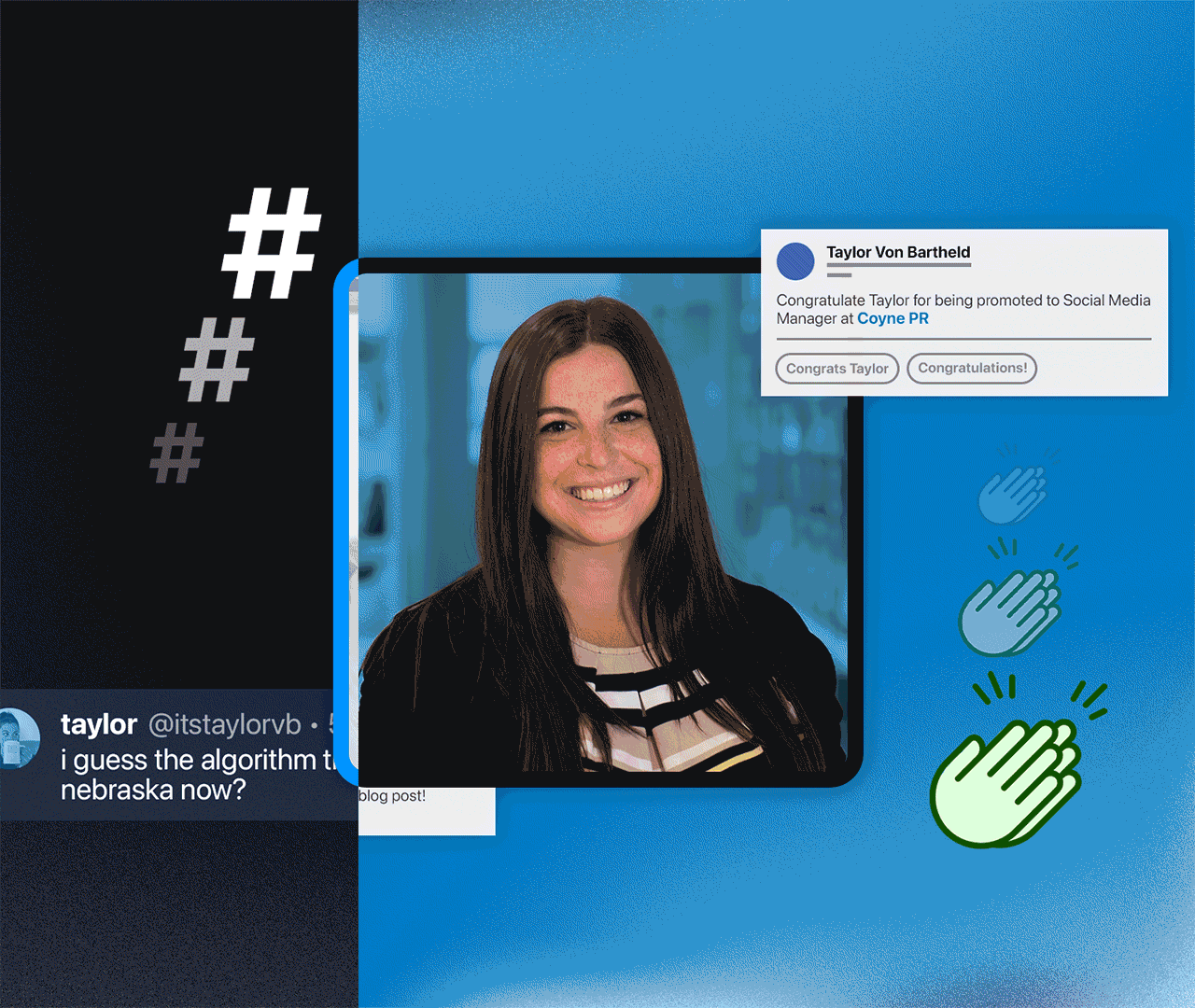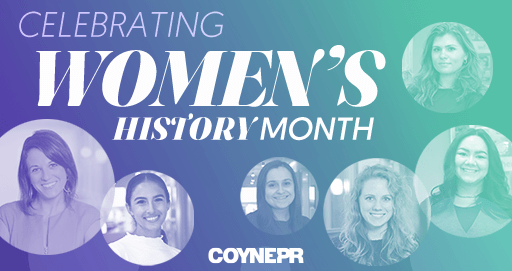Over the last decade, social media has seeped into nearly every aspect of life, and as a late-90s kid, it’s all I’ve ever known. Add in a global pandemic and it’s safe to say that the world has #gonevirtual. Us PR pros – who like to think we’re always ahead of the trend – have been privy to the power of social media for quite some time now. But as we examine the impact of the past year, the value of integrating social media efforts into PR campaigns has never been more apparent.
Social Media as an Amplification Tool
Earned media is a powerful tool, but so is owned media – and combining the efforts of both holds an often untapped potential for clients. After the (sometimes literal, sometimes metaphorical) blood, sweat, and tears of media relations, we get to proudly view our success through stellar media hits that boost our ego and hopefully WOW the client. However, the impact of secured placements should not end on an outlet’s website.
Unlike any other time in PR history, brands can now take claim of PR efforts by amplifying media hits on their owned social channels. By reposting media articles with brand mentions to help inform their loyal followers, brands can create a chain of impressions as dedicated fans interact with the content and potentially even share with their own followers. For example, check out our #client MDLIVE’s social channels (Twitter & LinkedIn) – they’re a veteran at reposting media placements on their pages. Ultimately, this tactic can extend the audience of a placement or media campaign simply by leveraging a brand’s owned social media channels.
Measurable Insights
As PR shifts from an impression-focused industry to an engagement-minded field, social media offers ease of access to these sought-after metrics. While impressions are an invaluable way for brands and PR pros to track our cumulative potential audience, they often lack the ability to provide insights into who, what, when and where people are seeing content. However, social media has opened the world of two-way communication for companies and consumers. Gone are the days where organizations send out their messaging into the world and hope that it sticks. In today’s plugged-in world, consumers can interact with and reply back to brands and companies.
This offers an array of KPIs for brands to track and measure success of their messaging and campaigns. Consumer sentiment has never been so transparent as social content enables users to like, share, retweet, and comment. For companies looking to know more than just reach and want dive into impact, expanding their PR campaigns to encompass social media is a simple yet sophisticated strategy. Recently, Coyne was able to track the reach of an online patient survey by #client Salix on everyone’s favorite topic – Irritable Bowel Syndrome (IBS). See, healthcare can be fun too!
Trend Tracking
Staying up-to-date on the latest and greatest in pop culture and industry trends is one of the most important, and most exciting, aspects of working PR. In working to help create news, it’s important we follow it too. However, in recent years there has been a major shift in the delivery of daily news, celebrity gossip, and industry-specific hits. While some may long for the days of holding a newspaper in hand and flipping through its ink-stained pages, many of us have now adapted to picking up our smart phones and scrolling through Google News, Twitter, TikTok, Facebook, Instagram, or LinkedIn for our daily dose of what’s happening.
Yet there remains another unique aspect that offers those in PR an extra edge to help keep clients current with the latest trends and newest fads. Social media is a real-time event. Instead of waiting for the latest breaking news story to appear in tomorrow’s paper, we hear about stories as they come in, flooding social media in real time. For brands, this means that they are given the ability to see a news story or trending hashtag on Twitter or TikTok and jump on the bandwagon of relevancy, riding this fleeting moment to the finish line.
Identifying Your (Niche) Target Audience
We often ask clients “What is the target audience for this campaign? Who are we trying to reach?” But sometimes, the answers shock us and we think to ourselves, “How are we going to find those people!?” As the PR pros dig into Cision and a rabbit hole of searches for media outlets and reporters covering the unique aspects of our clients, it’s imperative that brands also tap into social to find these niche communities where they are – online.
As we all may know, there are hundreds, if not thousands, if not millions, of factions of the internet. It’s a place that truly has something for everyone, including our clients’ target audiences. For those in healthcare PR, like me, we especially know the importance of these online communities as a place for patients near and far to come together in solidarity to share experiences and support. Last year, Coyne executed a Twitter livestream for the most common rare disease you’ve never heard of – Autosomal Dominant Polycystic Kidney Disease (ADPKD) – to reach patients where they were. On social media, we have the ability to discover and engage these groups whose lives we are hoping to directly impact through disease education and awareness.
The powerful potential of the micro influencer and niche communities does not stop with healthcare. From sneakerheads to gamers to die-hard brand groupies, social media platforms such as Twitter, Facebook and the latest, TikTok, use advanced algorithms to help connect these people to one another and, in turn, these consumers to brands. By integrating PR efforts with smart social strategy, we have the opportunity to help our clients’ campaigns and messaging be more impactful than ever through direct, accurate, targeting.
#FollowUs to the Future of PR (and on social – @CoynePR)
Public relations is an ever-evolving industry that has seen many major shifts since its inception. Social media is its latest offering of change, but it can only succeed if we make a conscious effort to incorporate social media experts into our PR planning conversations so they can advise on best practices and where we can fill in the gaps for surround sound campaigns. This also means we need to advise our clients of the power of their owned social media channels and reach. Through smart collaboration and council, PR has the potential to rise to the next phase of its life which, given the past year, is likely to be #virtual.




